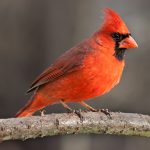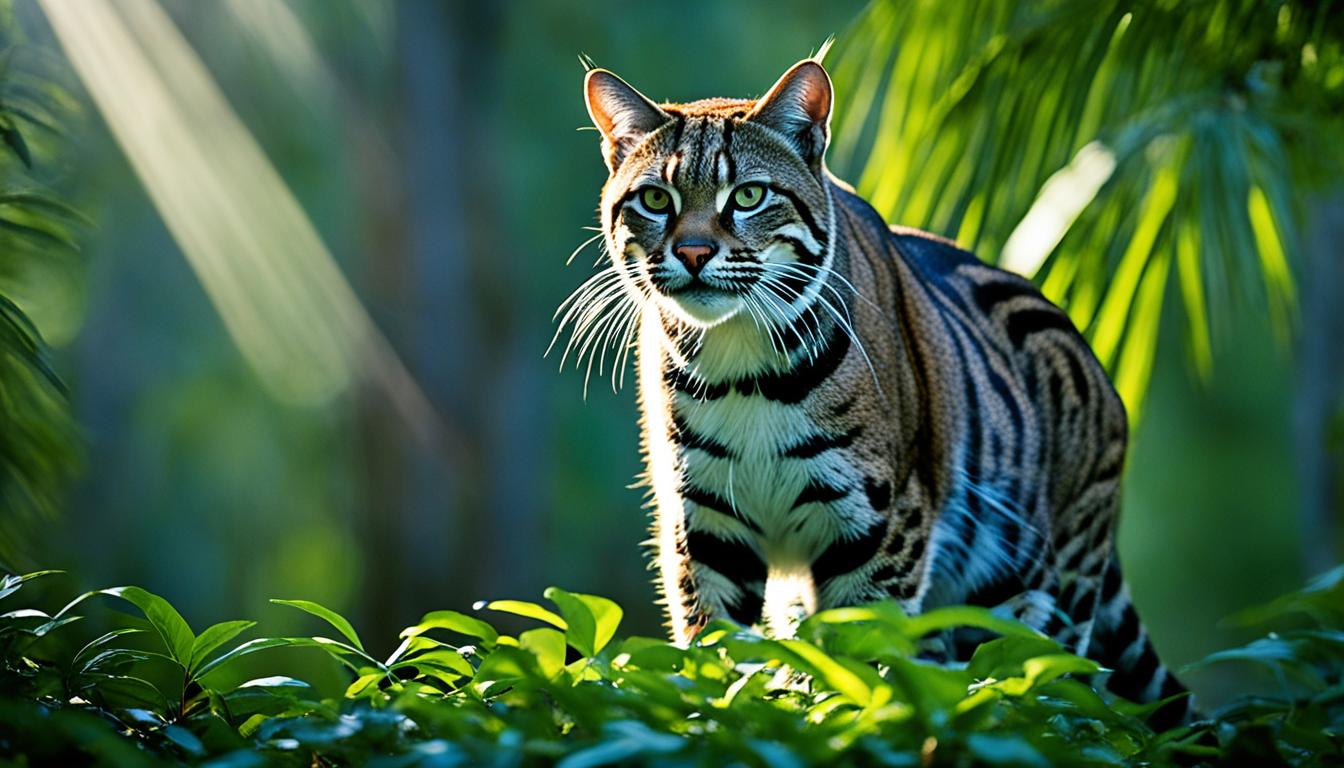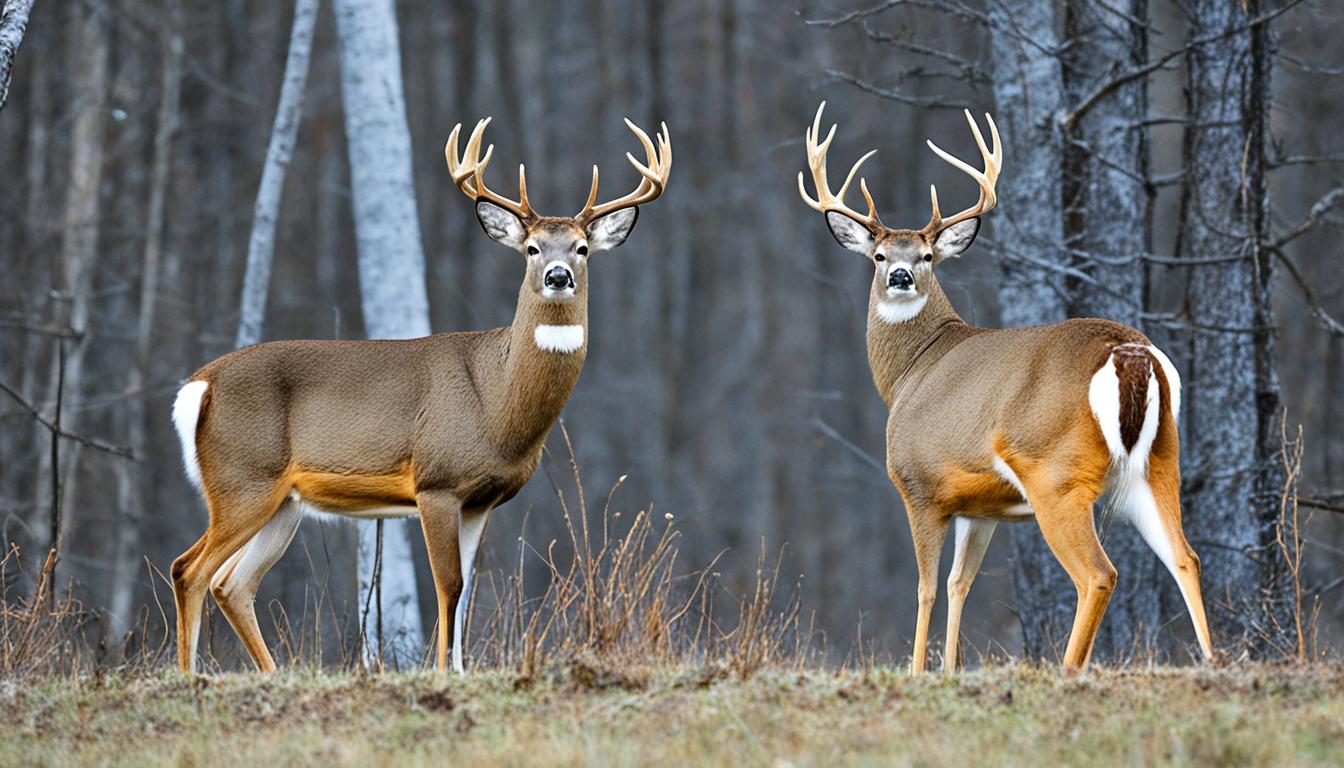A wide variety of animals may be found all throughout the place. Many people are unaware of how dangerous some of the species that reside right in our own backyards may be because of their close proximity to their homes. In this article, we will look at the top twenty deadliest animals on the earth, ranked according to the number of fatalities they’ve caused, with some alterations made to account for aggression, fatal attack percentages, and other factors, among other things.
Humans
- Scientific Name: Homo sapiens
- Type of Animal: Mammals
- Diet: Herbivore/Carnivore
- Death Rate: 56 million

Before we go on to all the cool animals, we have to start with us the Humans we are by far the animal on the earth that kills the most humans.
Culture-bearing primates with genetic and morphological similarities to the other great apes, humans are a distinct species from the other great apes. Because they have a more evolved brain than other great apes, they are capable of articulate communication and abstract reasoning, which distinguishes them from the other great apes. People also possess distinct uprightness of body carriage, which permits the hands to be employed as manipulating members when doing manual tasks. Humans, on the other hand, do not exclusively possess some of these characteristics.
As a result of recent discoveries, the cognitive and anatomical divide between humans and the other great apes (including orangutans, gorillas, and chimps) is significantly narrower than previously assumed. These primates have been shown to possess a number of sophisticated cognitive abilities that were previously thought to be exclusive to humans. One truth that cannot be argued is that humans are the most effective mass murderers on the face of the earth. When all causes of death are included, an estimated 56 million people die each year around the world, according to current estimates.
Armed violence claimed the lives of around 526,000 people each year. It is estimated that around 75% of these fatalities are the result of planned killings. Aside from that, 54,000 people die every year as a result of unintentional violent deaths, and 55,000 people die as a result of war and terrorism combined.
Sharks
- Scientific Name: Selachimorpha
- Type of Animal: Fish
- Diet: Carnivore
- Death Rate: 6-7

When it comes to sharks, while they are typically depicted as terrifying predators in films and television shows, the reality is quite different. Sharks are only responsible for a few hundred human attacks each year across the world, resulting in an average of six to seven human deaths per year globally. Sharks are responsible for the deaths of approximately one person every two years in the United States. The great white shark, the bull shark, and the tiger shark are the shark species that have the highest likelihood of causing deadly attacks on humans.
African Elephants
- Scientific Name: Loxodonta africana
- Type of Animal: Mammals
- Diet: Herbivore
- Death Rate: 70

Elephants are considered clever and pleasant creatures, and they have long been a staple of circus performances. It is because of their cognition, complex emotions, and social structures that they are able to operate efficiently.
However, because they are the largest land animal on the planet, they carry a great deal of weight and the power that comes with it. In contrast to captive elephants, wild elephants may be possessive and protective of their young and young-at-heart relatives. Every year, an estimated 500 people are killed by elephants because of being trampled, flung, crushed, or in other equally terrible ways, according to some estimates.
Tsetse flies
- Scientific Name: Glossina sp.
- Type of Animal: Insects
- Diet: Carnivore
- Death Rate: 10.000

Humans are killed by the illness spread by the tsetse fly, rather than by the bite itself, as will be the case with the bugs that will follow. Tsetse flies are abundant in Africa’s tropical regions, and their bites are responsible for the transmission of a parasite that leads to African sleeping sickness (African sleeping sickness).
The treatment of African sleeping sickness is challenging, especially given the limited medical resources available in the region. However, if left untreated, the illness is invariably deadly, especially in the developing world. Because of the remoteness of the site and a lack of verifiable information, estimates of mortality have ranged as high as 500,000, while sources that are more reliable suggest that around 10,000 people die each year after being bitten by the tsetse fly, according to the World Health Organization.
Hippopotamus
- Scientific Name: Hippopotamus amphibius
- Type of Animal: Mammals
- Diet: Herbivore
- Death Rate: 500
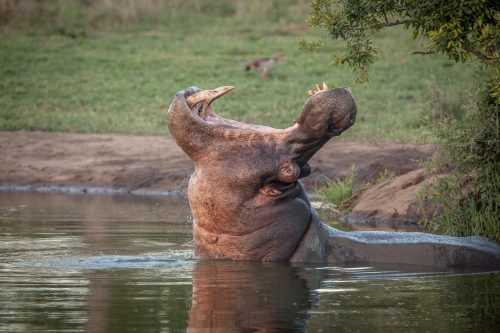
The hippopotamus is the third-largest land animal in the world in terms of size, behind only the elephant and the rhinoceros, and they, like the last entry on our list, are responsible for approximately 500 fatal human encounters each year.
Because of their reputation for aggression, animosity, and extreme territoriality, they were given a higher rating than other species. In the past, hippos have been known to attack boats that have infringed on their area. Their formidable teeth, which can grow up to 20 inches in length, have proven to be lethal. They attack by biting, crushing, and drowning their prey until they are defeated and killed.
Kissing Bugs
- Scientific Name: Triatoma sanguisuga
- Type of Animal: Insects
- Diet: Carnivore
- Death Rate: 10.000
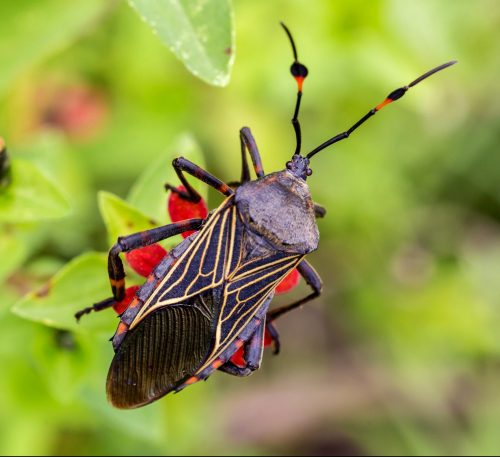
According to the phrase “assassin bug,” around 150 different insect species feature a particular type of curled proboscis. In addition to being used as a tool, this proboscis is also used for defense and hunting, and these species’ predilection for targeting the soft tissue regions surrounding people’s lips has earned them the moniker kissing bug. Aside from a painful bite that is extremely unpleasant in comparison to other insects, most kissing bugs are harmless to humans.
However, several species found in Central and South America transmit a serious disease called Chagas disease, which is fatal if not treated promptly. The mortality rate for Chagas disease is quite low, even without treatment, but because of the widespread nature of the parasite infection, even a 5 percent death rate results in between 12,000 and 15,000 deaths each year owing to parasitic infection-related organ failure.
Crocodile
- Scientific Name: Crocodylus acutus
- Type of Animal: Reptile
- Diet: Carnivore
- Death Rate: 1.000 – 5.000
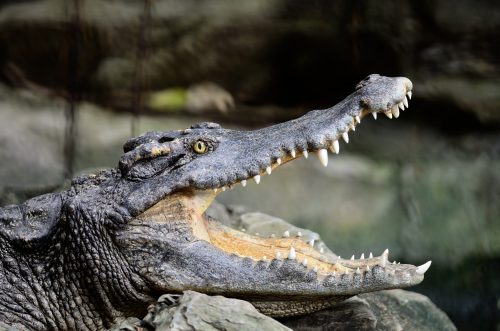
The crocodile is one most dangerous of them all. Each year, between 1,000 and 5,000 people are killed by crocodiles, which are among the world’s largest, most aggressive, and most fatal species. When it comes to biting strength, crocodiles are unmatched. They may weigh up to 2,000 pounds and travel at speeds of up to 25 miles per hour.
Crocodiles are the only animals on this list that actively seeks and preys on humans, and they are the most dangerous. The Nile crocodile, which lives in the Nile River valley, is the deadliest animal on the planet, and ancient Egyptians feared them so much that they kept crocodile deity emblems in their possessions to protect themselves from them.
Horse
- Scientific Name: Equus caballus
- Type of Animal: Mammals
- Diet: Herbivore
- Death Rate: 100+

The horse and humans have had a one-of-a-kind relationship throughout history. The horse serves as a friend as well as a comrade. Throughout history, it has plowed fields and brought in harvests, conveyed commodities and transported passengers, followed wildlife and herded cattle, and transported soldiers into battle and explorers to previously unexplored territories.
Entertainment has included anything from jousting contests to carousels and the sport of horseback riding, among other things. In the English language, terms like chivalry and cavalier connote honor, respect, great manners, and straightforwardness, all of which are indicative of the horse’s impact on the speaker. Its last resting place was next to its master in the Scythian kings’ tombs or the pharaohs’ tombs, depending on the culture.
The ability to ride a horse was essential to the survival of many early human communities. Superstition held that the colors of the horse had significance and that a horse’s head hanging near a graveyard or sanctuary, or on the gable of a home, bestowed magical qualities on the place. Centaurs are the most prominent manifestation of the unity of horse and rider in Greek mythology, and they are the most dangerous.
Horses are responsible for the deaths of around 100 people in the United States each year because of riding accidents and other equestrian-related activities, despite the fact that they are highly respected. However, as compared to the total number of horse riders (about 7 million), the likelihood of death is quite low.
— Some Statistics Provided by Horseonly.com —
Horse Riding Accident Statistics
Highlights of horse riding injuries:
- Horseback riding is more dangerous than skiing and motorcycling.
- 74.83% of equestrian deaths are caused by head and neck injuries.
- 2 out of 3 horse riding injuries can be prevented.
- Horseback riding is the leading cause of sports-related traumatic brain injuries.
- Lifetime cost for acute head injury can be up to $3 million.
- Wearing a riding helmet reduces the risk of severe head injury by 50%.
- 81% of equestrians get injured at some point in their riding career.
- Over 100,000 horse riding-related accidents occur yearly in the U.S.
- 83.4% of horse riding injuries are caused by the rider falling off the horse.
Mosquito
- Scientific Name: Culicidae
- Type of Animal: Insects
- Diet: Omnivore
- Death Rate: 1 million

The mosquito is the world’s deadliest animal and one of its smallest, making it one of the most terrifying creatures on the planet. Mosquitoes are believed to be responsible for between 750,000 and one million deaths every year. Malaria, dengue fever, West Nile virus, and the Zika virus are just a few of the ailments that they may spread to people, and they are a vector for them. Each year, malaria claims the lives of over half a million people worldwide. The female mosquito is the only one that feeds on humans, whereas the male mosquito feeds on nectar.
According to some researchers, mosquito-borne illnesses may have been responsible for up to half of all human deaths from the beginning of our species’ history. With their hatred as well as the deaths of about one million people per year, the mosquito has cemented its spot at the top of our list of the most lethal species, even if we don’t use such a ridiculous historical estimate to do so. Fortunately, only a few of the objects on this list are capable of carrying out direct, deliberate attacks on humans, and the vast majority of deaths caused by others occur in rural regions or underdeveloped countries where access to healthcare is limited.
It is possible that the death rates of many of these species will drop significantly when adequate treatment becomes more widely available. The presence of humans is conspicuously absent from this list. Every year, around 500,000 people are killed by homicide in different parts of the world. By alone, the human species would rank as the second most dangerous threat on our list, and the situation is only going to become worse as our population continues to expand.
Snakes
- Scientific Name: Serpentes
- Type of Animal: Reptile
- Diet: Carnivore
- Death Rate: 100.000

It turns out that ophidiophobia, or the fear of snakes, isn’t as irrational as it first appears to be. Snakes are responsible for the deaths of around 100,000 humans each year, according to conservative estimates. This high fatality rate can be attributed to a worldwide paucity of antivenin, as well as the isolation of some of the world’s most venomous snake species’ natural habitats.
Even though many people are terrified of large snakes such as boa constrictors and anacondas, the saw-scaled viper, which may grow up to three feet in length, is the snake that is responsible for most human deaths. Known by the common name carpet viper, this snake may be found in Africa, the Middle East, and India, and females are more than two times more lethal than males when it comes to biting.
Beyond the high death rate, the venom of the carpet viper is neurotoxic and results in an extremely high percentage of victims having to have their legs amputated when they do not die.
Freshwater Snail
- Scientific Name: Hydrobiidae
- Type of Animal: Mollusca
- Diet: Omnivore
- Death Rate: 20.000-200.000

Humans are killed by the disease that the snail spreads, not by the snail itself, as has been the case with the other less obviously dangerous creatures we’ve discussed thus far. The parasitic disease schistosomiasis is responsible for the deaths of between 20,000 and 200,000 people each year, according to estimates from the World Health Organization.
Each year, several million persons are diagnosed with the disease. Schistosomiasis is a parasitic infection that causes significant stomach distress and blood in the urine when it occurs outside of impoverished countries, although it is seldom fatal. Due to irregularities in official reporting as well as a lack of medical treatment in these rural areas and poor nations, a wide range of likely deaths has been estimated.
Dog and Wolves
- Scientific Name: Canis lupus
- Type of Animal: Mammals
- Diet: Carnivore
- Death Rate: 200
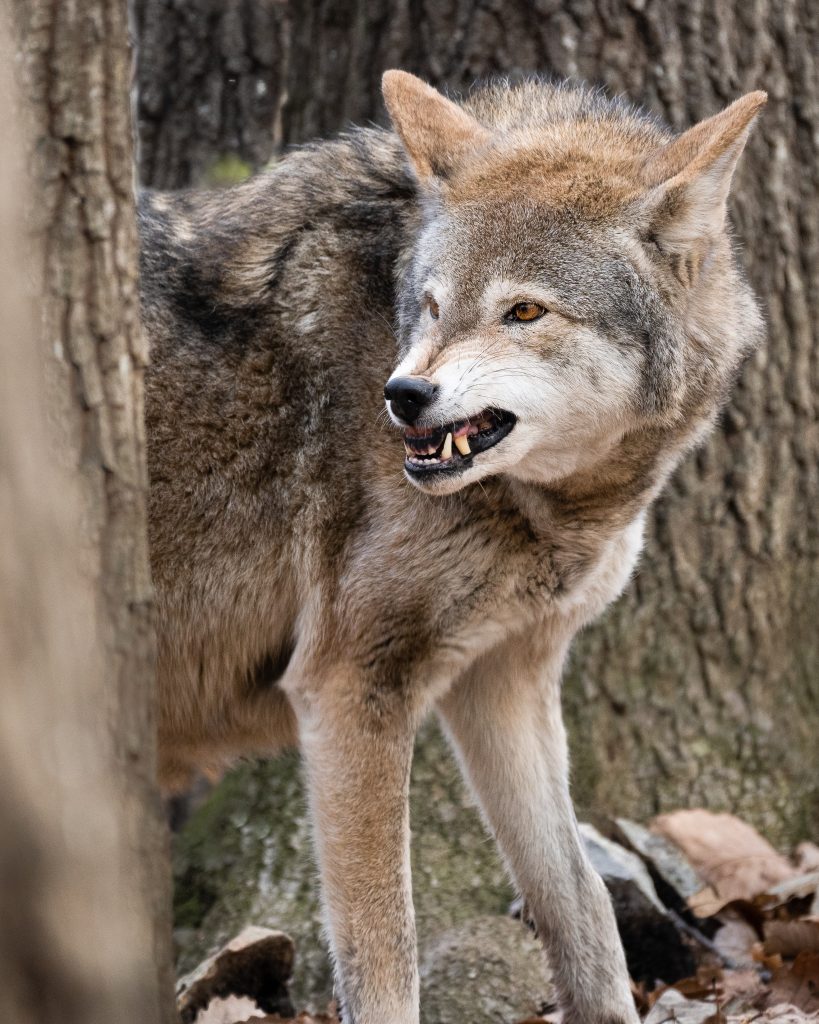
In addition to being a man’s closest friend, he is also one of our most dangerous opponents. A direct fatal dog or wolf encounter is extremely rare when compared to the number of deaths caused by canine-transmitted rabies diseases, which account for the majority of all rabies deaths in the United States.
Even though we are hundreds of years removed from the days when wolf packs routinely chased humans in India, resulting in over 200 deaths per year in the 18th and 19th centuries, the rabies virus alone is responsible for between 40,000-50,000 deaths each year. It is estimated that the majority of these deaths occur outside of first-world countries and are caused by a lack of competent medical treatment. Transmission of wolf rabies is far lower than that of dog rabies, however, it is not completely absent.
Deer
- Scientific Name: Cervidae
- Type of Animal: Mammals
- Diet: Herbivore
- Death Rate: 200

Deer are present in the males of most species and absent in the females of one species in the Artiodactyla order. Deer are recognized by having two large and two small hooves on each foot, as well as antlers in the males of most species and absence of antlers in the females of one species. The deer is native to every continent, with the exception of Antarctica and Australia, and some species have been widely introduced as game animals in areas outside of their natural habitats.
The reindeer is one of the animals that have been domesticated. Some swamp and island species are in danger of extinction, but the majority of continental species are prospering thanks to effective management and protection measures. Deer are fast to take advantage of man-made disturbances such as agriculture, forestry, and urbanization when they are provided with some level of protection.
White-tailed deer, a coveted North American hunting species, have become a nuisance in suburban and urban areas throughout the United States and Canada. Deer, on the other hand, are common sightings in urban and suburban environments, and the innocent creatures are occasionally responsible for road accidents. According to one prominent insurance provider, hundreds of thousands of deer-vehicle incidents occur in the United States each year, resulting in millions of dollars in damage to vehicles and trucks and about 200 deaths.
Tiger
- Scientific Name: Panthera tigris
- Type of Animal: Mammals
- Diet: Carnivore
- Death Rate: 50-250

The tiger is the largest cat in the Felidae family, and it is only second in size and ferocity to the lion in terms of size and ferocity. All six existing subspecies are threatened with extinction, and they may be found from the Russian Far East through parts of North Korea, China, India, and Southeast Asia, as well as the Indonesian island of Sumatra, where they are known to occur. It is the Siberian, or Amur, tiger, which is the largest, reaching a maximum length of up to 4 metres (13 feet) and a maximum weight of up to 300 kilograms (600 pounds) (660 pounds).
The Indian tiger, often known as the Bengal tiger, is the most numerous of the tiger species, accounting for over half of the world’s total tiger population. Tigers in India have a history of attacking visitors to zoos who enter or place their hands inside tiger enclosures, according to local legend. When tigers are in the wild, they have been known to attack people, notably in the Sundarbans, a region of forests and swampland that spans the boundary between India and Bangladesh. Tigers in the Sundarbans are believed to be responsible for the deaths of between 50 and 250 people each year, according to some estimates.
Lion
- Scientific Name: Panthera leo
- Type of Animal: Mammals
- Diet: Carnivore
- Death Rate: 200
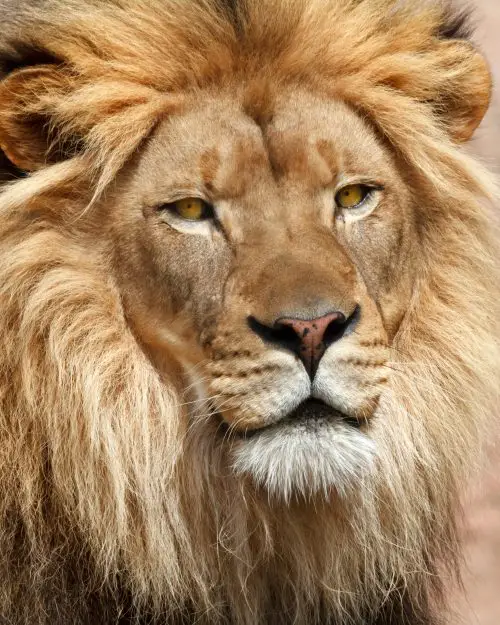
Lions consume a vast variety of species, ranging from rodents and baboons to water buffalo and hippopotamuses,, although they are most interested in medium- to large-sized hoofed creatures, such as wildebeest, zebra, and antelopes. Prey choices fluctuate depending on where you live and between adjacent prides.
Elephants and giraffes have been reported to be taken by lions, but only if the prey is young or in exceptionally bad shape. They prey on hyenas, cheetahs, and wild dogs, and devour any flesh they can get their paws on, including carrion and new carcasses that they scavenge or steal from these predators. A large proportion of lionesses’ hunting occurs on open savanna, with males typically consuming the female’s kills.
In the forest, lionesses are the most common hunters. Lions are expert hunters who hunt often in certain locations, whereas female lions are solitary hunters in others. In Tanzania, lions assaulted 871 people between 1990 and 2005, according to the Nature conservation organization.
When two lions attacked and massacred a large number of railway personnel in Kenya in 1898, it was considered one of the most frightening attacks on human history. Between 1932 and 1947, a hostile pride of lions in the Tanzanian settlement of Njombe may have killed as many as 1,500 people, according to some estimates. In Tanzania, lions are responsible for the deaths of around 100 people every year, according to government statistics.
Sandflies
- Scientific Name: Lutzomyia longipalpis
- Type of Animal: Insects
- Diet: Carnivore
- Death Rate: 20.000 – 30.000
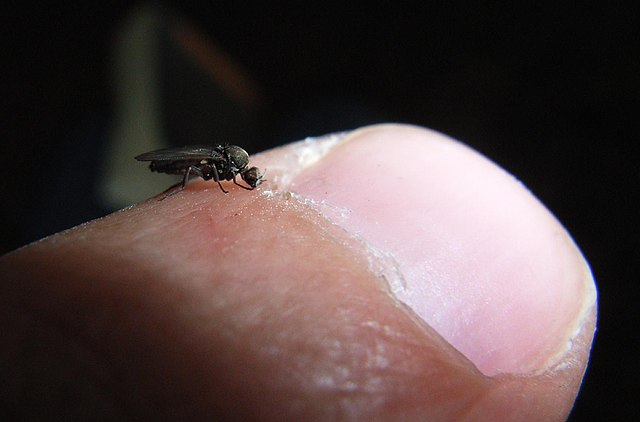
Sandflies may be found around the world, including in Africa, the Mediterranean, the Middle East, Latin America, and Asia, notably India. Plants provide the majority of their nutrition, but females also swallow blood during the process of laying eggs and distributing the Leishmania parasite to other individuals. The majority of people who are infected with Leishmaniosis do not become ill, but those who do may develop one of three kinds of the illness, depending on the strain. Fatal is visceral Leishmaniasis, which, if left untreated, kills 95 percent of those who contract it.
Scorpion
- Scientific Name: Scorpiones
- Type of Animal: Arachnids
- Diet: Carnivore
- Death Rate: 3.000

If you are stung by a scorpion, you will most likely just experience minor discomfort and irritation. Only 50 species of spiders, mites, and ticks have venom that is potent enough to be lethal to people. The bark scorpion, which may be found in southern Arizona and western New Mexico, is the only species that pose a concern in the United States: it is a venomous scorpion. However, scorpion stings account for approximately 3,000 deaths a year worldwide.
Tapeworms
- Scientific Name: Cestoda
- Type of Animal: Parasitic flatworms
- Diet: Carnivore
- Death Rate: 700
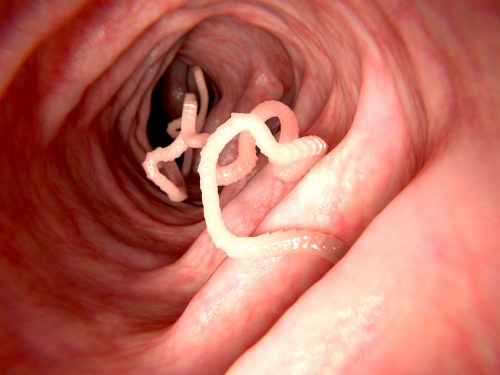
Inability to digest food on their own means that tapeworms must live in the intestines of their hosts in order to get the nutrients they require from food that has already been digested. A higher risk of infection is found in places where free-range cattle are more numerous, despite the fact that the disease is easily cured.
To avoid contracting a parasite in the first place, make sure that any food consumed in locations where the parasite is present is well cooked before consumption. When it comes to parasites, tapeworm is responsible for the infection cysticerosis, which claims the lives of around 700 individuals each year in the United States and Canada.
Ascaris Roundworms
- Scientific Name: Ascaris lumbricoides
- Type of Animal: Parasitic nematode worms
- Diet: Herbivore
- Death Rate: 4.500

Roundworms, sometimes known as hookworms, are parasitic worms that dwell in the soil and prey on other organisms. They are similar to tapeworms in that they live in the intestines of people who eat contaminated foods. According to the Centers for Disease Control and Prevention, roundworms infect between 807 million and 1.2 billion people worldwide and are responsible for the bulk of parasitic diseases.
Fortunately, the majority of people do not show any signs of illness, and the parasites are only considered dangerous in locations where medical treatment is in short supply. Ascariasis is caused by the Ascaris roundworm, which is a disease that claims the lives of around 4,500 individuals each year.
Are Any of the Most Annoying Animals Also Among the Deadliest?
While some of the most annoying animals may test our patience, not all of them are lethal. Mosquitoes, for instance, are among the most annoying animals but pose minimal danger to humans, primarily transmitting diseases. On the other hand, certain genuinely dangerous animals such as venomous snakes or aggressive predators may not necessarily be classified as the most annoying animals.
Box Jellyfish
- Scientific Name: Cubozoa
- Type of Animal: Fish
- Diet: Carnivore
- Death Rate: 50 – 100
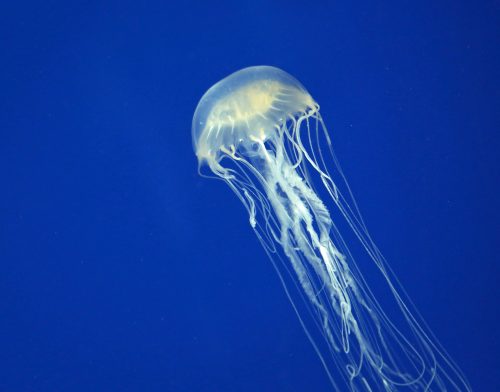
This warm-water dwelling marine creature, which is the world’s most venomous marine invertebrate, is particularly dangerous to humans. The most lethal species may be found in northern Australia, where it is known as the box jellyfish. Because it can swim rather than float, the box jellyfish, which can grow up to 10 feet in length, is a one-of-a-kind creature among jellyfish. We believe they may be able to see since they have clusters of eyes, and it is possible that they will chase after their victim (mostly shrimp and small fish). It is used to defend itself as well as to paralyze or kill its prey.
A box jellyfish sting can result in paralysis, heart arrest, and death in humans if they are exposed to its venom. Only one person has ever survived a box jellyfish sting, and that person was a 10-year-old Australian girl who was stung when she was 10 years old. The traditional treatment for bee stings was vinegar for many years, however recent research has revealed that vinegar actually increases the venom load by 50 percent when applied topically.



